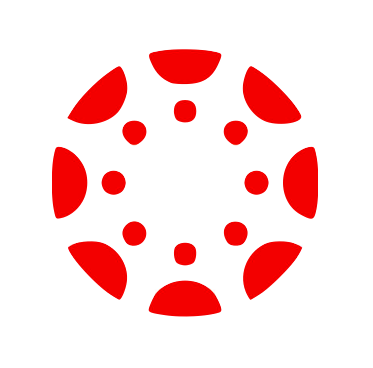Guide 6 Change
Products
Quiz and Journal Pages
Review Guide 6 Contents
Guide 6 Change Objectives
This guide’s quiz has four questions; one matching each objective.
Life Stages
Aging
Non-Infectious Diseases
Parasites & Pathogens
Guide 6 Change Quiz
Journal Assignment #11
Introduced in the Aging section of this guide:
Journal Page #12: Life Stages
Science is limited to observable phenomena, meaning there needs to be direct or indirect evidence that something has occurred. Direct evidence is what you collect with your own senses; indirect evidence is an artifact of something that happened in the past like a photo or a fossil. In this journal assignment you are collecting and assembling indirect evidence of life stages.

Step #1: Collect evidence of life stages.
This includes reproduction/pregnancy, infancy/childhood, puberty, adulthood, and/or aging. This could be evidence of your own life or someone you know like a family member, friend or community member. You could select a single life stage or show a breadth of life stages. Examples of evidence include photos, receipts, clothes, writing, awards, school items, products, and much more.
Step #2: Assemble the forms of evidence into a form that tells a story.
Many researchers work with artifact (object) evidence and their selection and arrangement of evidence is used to convey information. Arrange your artifacts/evidence to convey a message. It could convey science knowledge, information about your personal life stages, and/or make a more general point about human experience.
You are turning in a journal page with:
A. your assembled life stage evidence.
B. A description of the message you are trying to convey. This could be in writing, captioning on photos, or in a video.
Journal Assignment #12
Introduced in the Non-Infectious Diseases section of this guide:
Journal Page #12: Glucose Regulation
For this journal assignment you are teaching about glucose regulation. Describe blood glucose regulation when glucose levels would be rising after a big meal, and again when glucose would be falling long after a meal. Include these terms in your description: pancreas, liver/skeletal muscle, insulin, glucagon, glucose, glycogen. This can be a well-written narrative or a labeled sketch.
You are turning in a complete and accurate representation of glucose regulation that includes:
- what happens when glucose levels are rising after a meal.
- what happens when glucose levels are dropping long after a meal.
- the vocabulary: pancreas, liver/skeletal muscle, insulin, glucagon, glucose, glycogen





